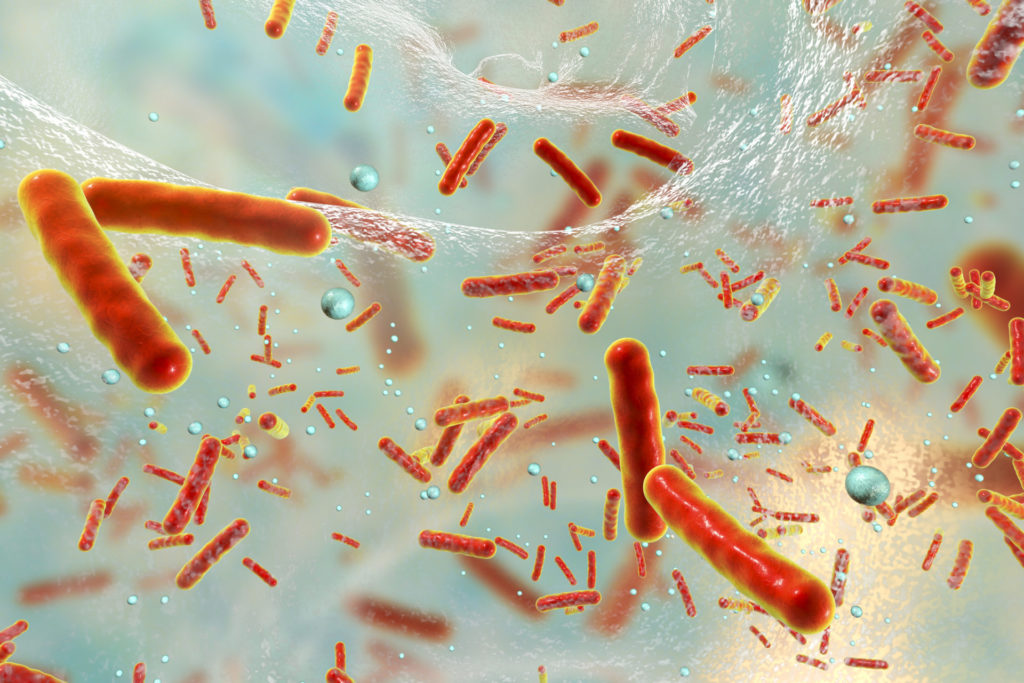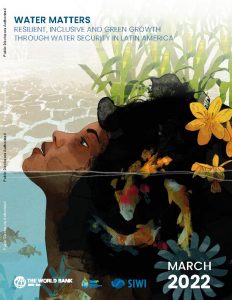Reducing Emissions from Antibiotic Production
The rise of antimicrobial resistance (AMR) is undermining the effectiveness of antibiotic drugs in the treatment of common infections in humans and animals. The contribution of solid and liquid waste from manufacturing reaching the environment and leading to high concentrations in recipient waterbodies can trigger AMR. This whitepaper summarizes the findings of the project Reducing Emissions from Antibiotics (REAP), that SIWI has run in partnership with UNDP, funded by the Swedish Postcode Foundation.
 Antibiotic resistant bacteria inside a biofilm, 3D illustration. Biofilm is a community of bacteria where they aquire antibiotic resistance and communicate with each other by quorum sensing molecules
Antibiotic resistant bacteria inside a biofilm, 3D illustration. Biofilm is a community of bacteria where they aquire antibiotic resistance and communicate with each other by quorum sensing molecules Antibiotics in the environment increase the risk of promoting antimicrobial resistance. In order to prevent the manufacturing process of antibiotics from contributing to antimicrobial resistance, the active pharmaceutical ingredients need to be retained in the production facility or deactivated before liquid or solid waste streams can enter the environment. Reducing Emissions from Antibiotics Production requires all stakeholders to transparently live up to the already existing commitments and mutually supported objectives to enable better regulation and incentives. Acknowledging this fundamental requirement as a shared objective in a broad stakeholder dialogue has been the main outcome of the project REAP. Lastly, the collaboration between public and private stakeholders and the inclusion of independent experts and scientists as well as civil society is essential to ensure that solutions are holistic, fit for purpose and mutually accepted.
Citation
This white paper is written together with Shawview Consulting and Spans Envirotech India.



